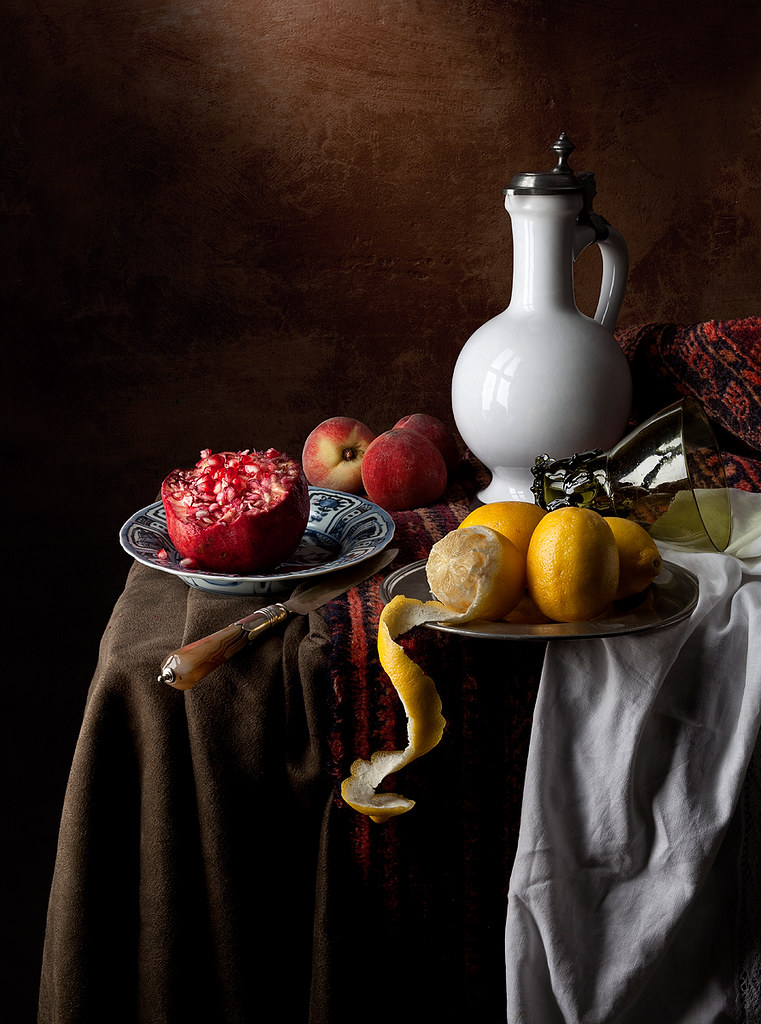Italy was also the centre of wealth, power, and politics. New ideas were developed around Italy inspired by ideas from the past.
Giotto 1266-1337
Medieval Christian influences were still included in renaissance art and design, but there were other influences too. Roman architects had an effect on the work of Italian architects designing buildings.
Giotto - Scrovegni Chapel
Artists of the era had a more humanist approach to their work, and aesthetics became more significant.
Michelangelo - Sistine Chapel
Nudity in art also became important, and art was used to teach and illustrate people.
Mathematical knowledge from the Romans led to perspective being used in paintings. A technique called foreshortening was used to manipulate the perspective in art. Michelangelo's Statue of David has a disproportionally large head and smaller feet. This is because of the statue's large scale. When viewed from below, the statue appears to be to scale.
david - Michelangelo
Raphael
Greek gods were included in some renaissance art, as well as Christian characters.
Birth of Venus - Goddess of Love
Plato argued that acknowledging physical beauty lets man understand spiritual beauty. Venus is about to be shrouded by cloth. This cloth has spring flowers which represent rebirth.
Leonardo Da Vinci wanted to gain an understanding of the human body and so dissected the dead to make observations about human anatomy to aid the accuracy of his portrait paintings.
Renaissance artists studied lots of ancient architecture.
St Peter's, Rome
Andrea Palladio was influential to 18th century architecture. He designed palaces for the rich.
Interior decoration in buildings was all about aesthetics and not really linked to intellectual meaning. Trompe L'Oeil was a technique used as an illusion in interior artwork. Paintings on walls gave the illusion that they were an expansion of the room or a window into an outside world.
Fresco in the Villa Barbaro
Paolo Veronese 1561
People thought paintings were more valuable and so didn't have many sculptures in their homes. A lot of decoration was painting with a sculptural illusion. Furniture was still very sculptural with aspects of architectural design too.
The Italian renaissance spread to northern Europe. The breaking of Church into Protestant and Catholic created different renaissance movements in different parts of northern Europe. For instance, Protestant artists embraced thought and meaning in paintings, but not classical imagery which was considered more of a catholic visual language. Germany was the centre of the Protestant revolution and rejected classical imagery.


No comments:
Post a Comment